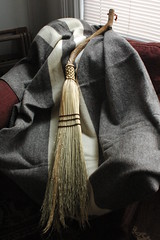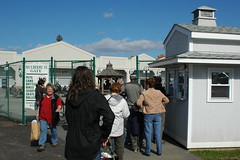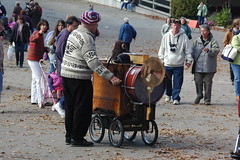Cleaning out my draft posts from the past few months. Here are some recent news articles about the natural world I found interesting, but I just don’t have the time to write about them further right now.
- October 31: Scientists Map Ecosystem Services, ScienceDaily, via Restore. See also:
- New cost-benefit model will aid efforts to conserve wilderness, Innovations Report (article is in English, web site is in German).
- Scientists Determine Dollar Value for Ecosystems
- The Nature Conservancy, WWF and Stanford University Launch the Natural Capital Project, The Nature Conservancy
- Additional links: Natural Capital Project, World Wildlife Fund, Stanford University Center for Environmental Sciences and Policy
- October 30: Program will give Longleaf Pines a Fighting Chance (opinion), Atlanta Journal-Constitution, via Restore. See also:
- USDA ANNOUNCES NEW CONSERVATION PROGRAM TO RESTORE LONGLEAF PINE FORESTS, Farm Service Agency, USDA
- Conservation Reserve Program Longleaf Pine Initiative (PDF), Map (PDF)
- Links: Conservation Reserve Program, Farm Service Agency, USDA.
- October 26, Lake Desolation, NY: Major moose population expansion expected in Adirondacks, Newsday
- Links: Department of Environmental Conservation, NY
- October 25: NASA Looks at Sea Level Rise, Hurricane Risks to New York City
- October 25: Butterfly Tagging Sheds Light on Migrating Monarch
- October 18: California, US Northeast to Unite on Forming CO2 Market
- October 17: Finding the Right Mix of Trees to Fight Climate Change
- October 4: Can industrial agriculture withstand climate change?, Grist
- September 25: Predicting species abundance in the face of habitat loss. See also:
- Food-Web Models Predict Species Abundances in Response to Habitat Change, PLoS Biology
- Links: Public Library of Science (PLoS)
- September 25: Bt Pesticide No Killer on Its Own, Overturning Orthodoxy, Scientific American
- August 18: What’s Nature Worth? New Computer Models Tell All, University of Vermont
- June 29, Long Island, NY: Clam-or for shells: Project to return mollusks to the bay





















